
Propane fueled flat-top grills are more and more common these days. It seems like all the big cooking magazines and summer fun articles are showing pictures of beautifully cooked food fresh off a flat-top grill.
But flat-top grills aren’t quite grills or griddles, either one. You use them differently, your food tastes different cooked on them, and you clean them differently. If you’ve never used a flat top grill before, you might think it’s just like a griddle, but then your user’s manual tells you different.
You shouldn’t limit yourself to the capabilities of a grill, either. Both are good for different things and produce different flavors and textures in your food. So, what kind of meal should you be planning to cook on your new flat top grill?
The short answer is simple. Plan any kind of meal you want. The long answer is a bit more complex and is all about color, texture, and flavor differences between your new flat top grill, your traditional grill, and your indoor stove and oven.
Don’t worry, it’s easy once you get into it, it just takes a little know-how. We’ll make sure you know everything you need to host a fantastic summer get together with food entirely off your new flat top.
Best Flavors, Best Foods
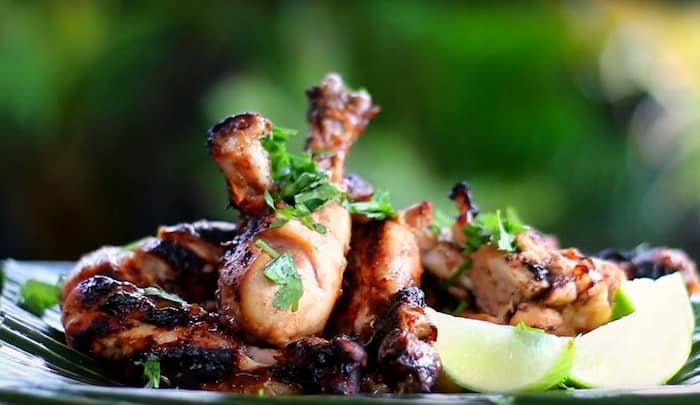
Proteins
Rather than looking for good grill lines like you would on a traditional grill, treat proteins cooked on a flat top more like you’re searing them in butter for a great roast or stew.
Flat tops are great for lean cuts of meat like steaks, pork chops, and even chicken breasts and hindquarters. In lean meats, cooking on a flat top produces a Maillard reaction or caramelization.
What you’re looking for is a solid, slightly tough, brown coat on your meat. In beef and other red meats, this coating can appear very dark brown, like maple syrup, even verging on black. In chicken and pork, look for a golden-brown color more like a well-cooked pancake.
You can also use flat tops to make great, diner-style burgers.
In fact, most burger joints, and even fine restaurants, will use flat tops over traditional range stoves since they can cook more food at once, and get better results on the go, with a flat top.
One word of caution for fattier meats like burgers and bacon, though. The results from cooking on a flat top are good, you’ll get the same beautiful caramelization. But flat tops usually only have one grease catch, and they with splutter more than a frying pan.
If you want to cook greasier meats on your flat top, more power to you. But we recommend wearing an apron and long sleeves to protect your skin from grease burns.
Fish is another great option, it’s more delicate, so you want to use one of the cooler heat zones on your flat top (the manual should tell you where the hottest and coldest parts are), but you can sear fish just like you would a hardier protein.
Breakfast, Pancakes, Eggs, Toast, and More
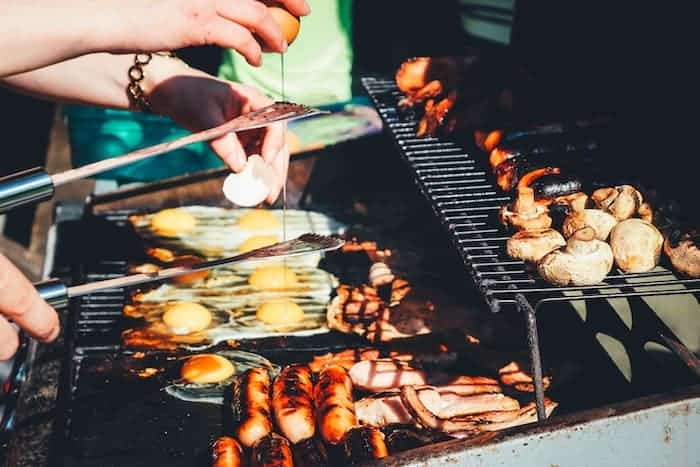
Your flat top is a perfect all in one cooking surface for summer breakfasts. You’ll get to enjoy the outdoor weather while making a perfectly cooked and seasoned meal for the family.
Because flat tops are, well, flat, they aren’t as easy to prepare runny foods like scrambled eggs. With practice, you can cook scrambled eggs, and even runny batter crepes, they just take a little more care and attention.
Better to stick to thicker breakfast foods to start like fried eggs, and pancakes.
Pancakes are great on a flat top since you can benefit from the same Maillard reaction that browns and caramelizes your proteins to brown and caramelize your pancakes. Perfect golden-brown finish, every time.
The same principle applied to toast. While it’s not as fast a using a toaster, you can get a more even, custom, finish by toasting bread on a flat top.
Vegetables, Side Dishes, and Others
You’ve probably noticed a theme by now. Flat tops are an ideal cooking surface for getting those rich caramel and butter flavors out of any food, but you can use those characteristics for more than just proteins and breakfast.
Sturdy vegetables like asparagus and eggplant also cook well on a flat top. The heat of cooking breaks down these fibrous vegetables just enough to make them soft and tender.
While asparagus doesn’t caramelize the same way, dry heat helps pull some of the bitterness out of the vegetable.
You can also use your flat top to caramelize mushrooms and onions as a side dish or a steak topper.
Cubed potatoes with a little butter can also cook directly on your flat top, given a little more patience.
When it comes to vegetables, you’re looking for hardier varieties with slightly longer cooking times that let you take advantage of caramelization without burning or losing all their water content.
Break Out the Pots and Pans
Some things will be difficult, if not impossible, to cook directly on your flat top.
Anything that traditionally would be cooked in a pot, as opposed to a skillet or frying pan, should probably still be cooked in a pot. You can just move that pot onto your flat top instead of your stove.
That way you can still make sauces, pasta, rice, and other boiled dishes without having to go back and forth between two different cooking areas.
Since heat transfers well between pots and pans and your flat top grill, you can plan on using heat zones just like you would if you were cooking directly on the flat top.
Bad Flavors – Bad Foods, What You Shouldn’t Expect From Your Flat Top Grill
Of course, for all the amazing flavors and versatility you can get cooking directly on your flat top, there are some things you shouldn’t expect from this cooking style.
Smoky Flavor
One of the things people love about traditional grills are those dark grill lines and smoky flavor. Steaks, chicken, even fish, can all get that rich flavor cooking on a grill.
Your flat top won’t give you the grill marks, or the smoky taste. We think that’s a good thing if you’re prepared for it. After all, one of the beauties of good food preparation is all the different flavors and textures you can get out of the same basic ingredients.
So, expect rich buttery flavors from your flat top, without the smoke or char lines.
Sharp or Watery Flavor
Another thing you shouldn’t expect out of a flat top are the sharper somewhat watery flavors that come from boiling or steaming your food.
While you can use your flat top to boil water in a pot and cook that way, you’d be missing out on the beautiful caramelization and flavor development that comes from cooking directly on your flat top.
Forget steamed vegetables, instead, use your flat top to add smooth warm flavor like they were sautéed in butter, whether you use the butter or not.
More Info: Flat Top Basics
Heat Distribution
A traditional griddle is a direct heat source like a flat top, with even temperature and cooking.
Your flat top delivers consistent heat but has different heat zones. That means food in one area might cook a little faster than food in another. Rather than being a detriment, those heat zones are a feature. You can cook protein in one section, scramble eggs in another, perfectly cook vegetables in the third.
Flat tops can also accommodate pots and pans, so you can sear burgers on the flat top, and have a pot of water heating to boil on the same surface.
Cleaning
Steel flat tops eventually develop a seasoned coating, like a cast iron pan. A well-seasoned flat top is impressively non-stick. Some flat tops will come pre-seasoned, some will need you to do some seasoning prep before you start cooking.
Either way, your flat top needs a specific cleaning routine to help protect and preserve that non-stick coating.
Since good seasoning is the build-up of oil into the pores of the metal, which then thickens and caramelizes with heat into a smooth non-stick surface, you don’t want to use soap on your flat top.
If you do choose to clean with soap or a specialty flat top cleaner, be aware that it will strip some of the seasoning and you’ll need to perform regular maintenance to prevent it from rusting.
Just use a spatula or other cooking utensil to push grease and food debris into the grease trap after cooking, and rinse with a cup or two of room temperature water.
You’ll want to mop up any water left on the flat top with a towel, but use a cooking utensil to move the towel since the water will be very hot if not boiling.
Related Questions:
Why Is Maintenance Important?
But if you aren’t maintaining your flat top, and either don’t keep it well cleaned and rust-free, or well-seasoned and smooth, you’ll probably struggle with food sticking to the flat top and ruining the beautiful caramel brown finish on your food.
Maintenance also extends the life of your flat top by preventing rust and warping.
How Do Temperature Zones Work?
A truly even temperature isn’t ideal for simultaneously cooking several dishes at once.
A flat top’s heat zones make it easy to prepare a whole meal. You can use one of the hotter zones to get a perfect sear on protein, while a milder temperature zone to cook more delicate foods like eggs, vegetables, or breads.
Do Stove Top Flat Tops Work the Same Way?
If you don’t want an outdoor propane flat top, a stovetop version that covers all or half your existing range is an option.
The two styles are very similar in how they cook and the kinds of result you can expect. The biggest difference is that a propane flat top grill gives you more temperature control, and can often get hotter, than a stovetop equivalent.
That’s because stovetop versions are both limited by the heat of your stove, and the durability of the cook surface. Glass ranges can crack if too much heat concentrates on them, so you can go quite as hot.
See Also:
Stainless Steel Vs Porcelain Grill Grates
6 Best Grill Mat For Concrete Patio
Is BBQ Sauce Bad For You
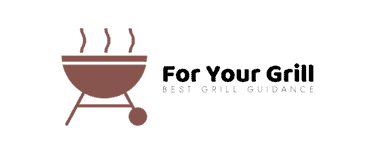
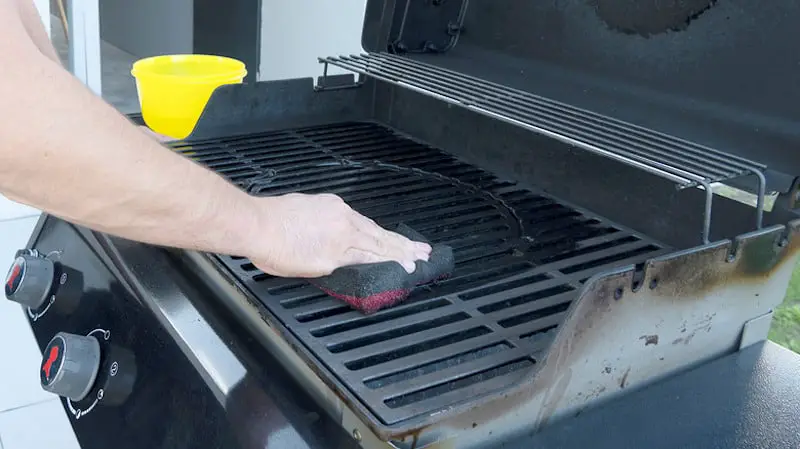
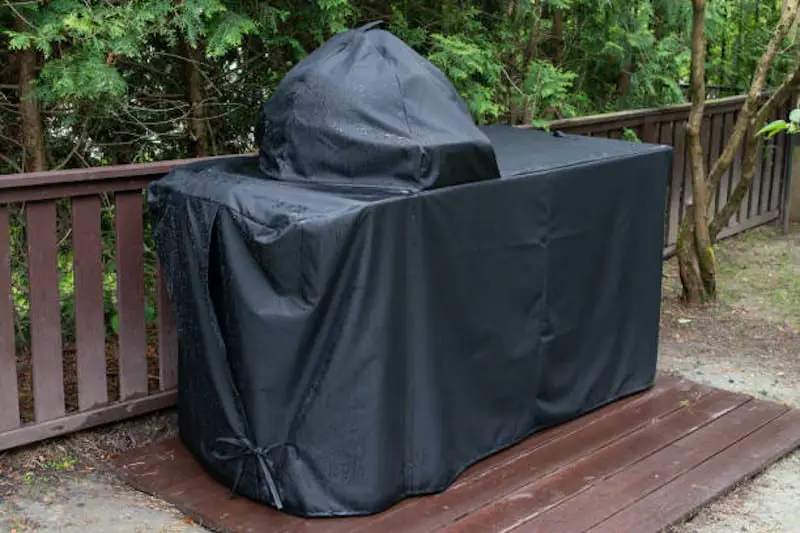
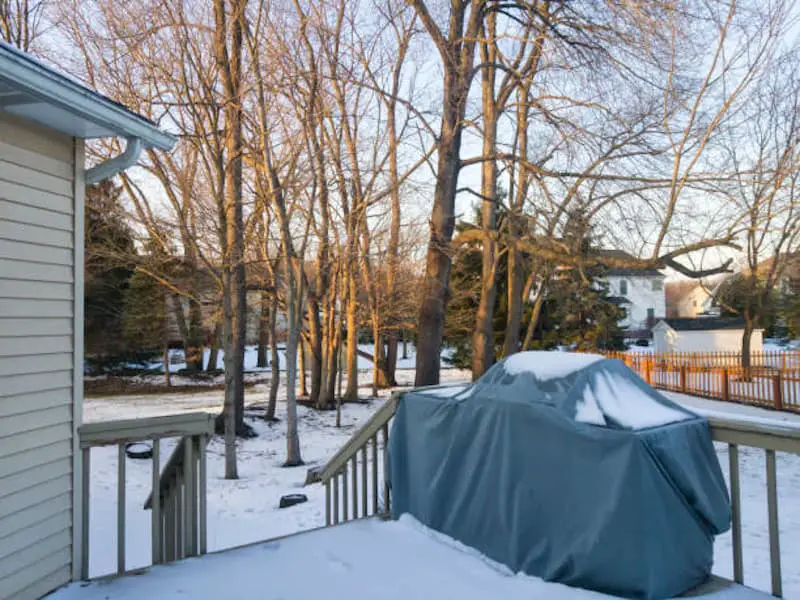

Leave a Reply